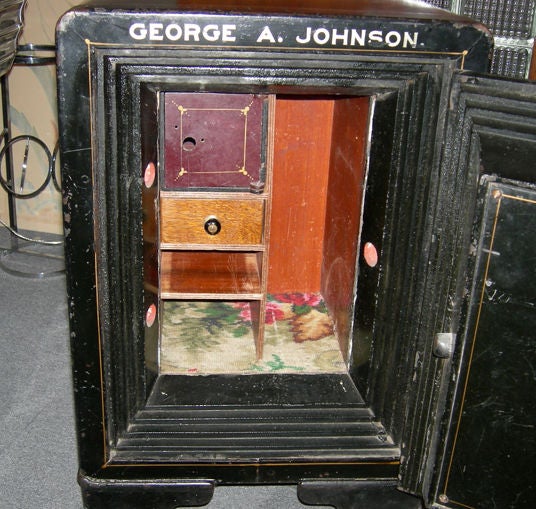
In 1938 Bristol Tractor re-introduced the Bristol 10 tractor with the Coventry Victor Cub diesel engine in the model "D", with production continuing to 1942. In 1935 the Coventry Victor Cub engine was available as the 19.5 hp Cub and 22 hp Cub Senior (10HP and 12HP nominal rating), and was described as originally having been designed for marine work. Bristol Tractor pictured a Cub-engined version of their tractor in 1933, though they fitted several different engines and its not clear how many tractors were produced with the Cub engine. Hamilton-Fletcher, and Victor Oil Engine Co in 1933. The design of the engine was illustrated in a GB patent by W.A. Maintaining their preference for the opposed twin cylinder design, Coventry Victor Motor Co built a twin cylinder diesel in the early 1930s known as the Cub. Little is known about the vehicle but it was found and recovered from a farm in the West Country in the 1980s There were six reported Venus Prototypes all of which were ordered to be destroyed but one still exists at the Coventry Transport Museum. After the Second World War, a prototype codenamed Venus was made with flat-four 747 cc engine never reached production. There was an updating in 1932 with styling by C F Beauvais and called the Luxury Sports with three-speed gearbox and costing from £110. Drive was to the rear wheel via a two speed gearbox and chain drive. It used their own horizontal twin-cylinder engines of 688 cc at first, later enlarged to 749 cc, 850 cc and finally 998 cc. There were four versions, the Standard, the Sports, the De-luxe, and the Parcelcar prices started at £75. Coventry-Victor carsīy 1926, the company found a new scope of activity: they launched their own design two-seater, three-wheeler car with the single wheel at the rear. The company also supplied engines to many motor cycle and cyclecar makers, especially Grahame-White.

The 1927 Coventry-Victor Silent Six has today become a sought after classic motorcycle.

In 1919 Coventry-Victor, using their 688 cc flat-twin engine, started making motor cycle and sidecar combinations many of which were used as commercial outfits and became one of England's leading producers of horizontally opposed twins. The engine, referred to as the 'Flying Neptune', was found to be a little heavy and a little low on power, but otherwise performed admirably. Weaver, then managing director of the company, converted one of the company's air-cooled flat four industrial engines for aircraft use and a Piper Cub fitted with the engine completed 50 hours flight trials at Southend in July 1955.
Victor patent safe 1904 series#
In a series of four tests the Ornithoplane achieved a steady flight for a quarter of a mile, becoming the first monoplane to fly in Britain. Weaver, one of the partners in the company. The company started manufacturing horizontally opposed engines in 1904, and on 17 May 1910 one powered the experimental Weaver Ornithoplane, designed by W.


 0 kommentar(er)
0 kommentar(er)
